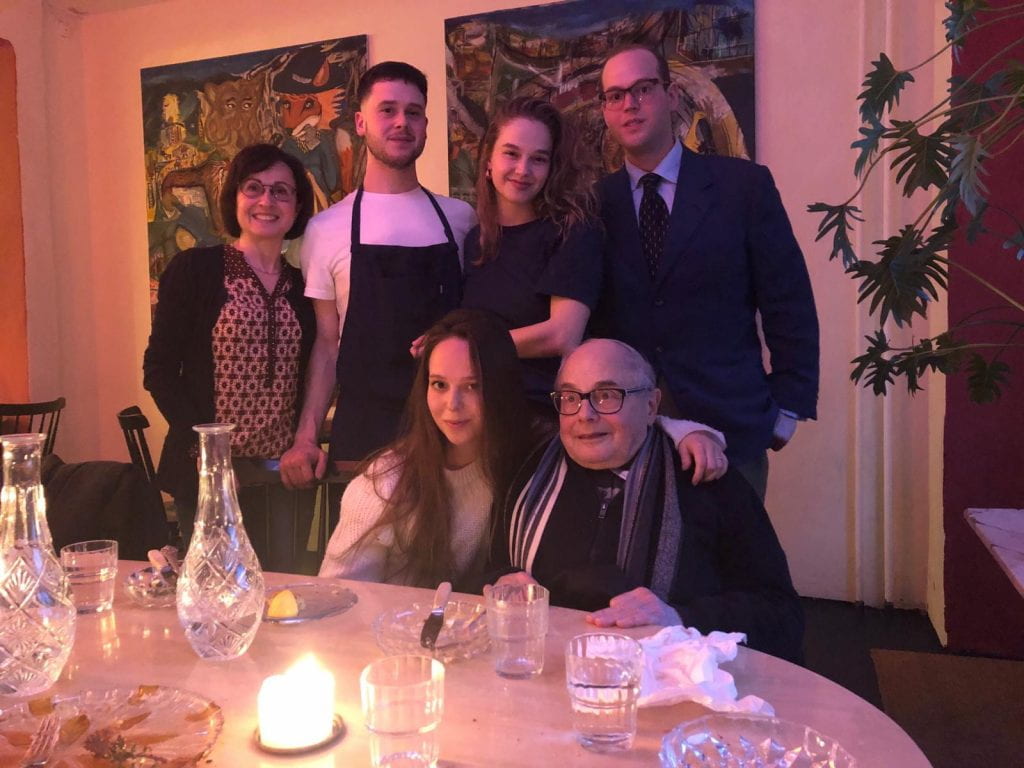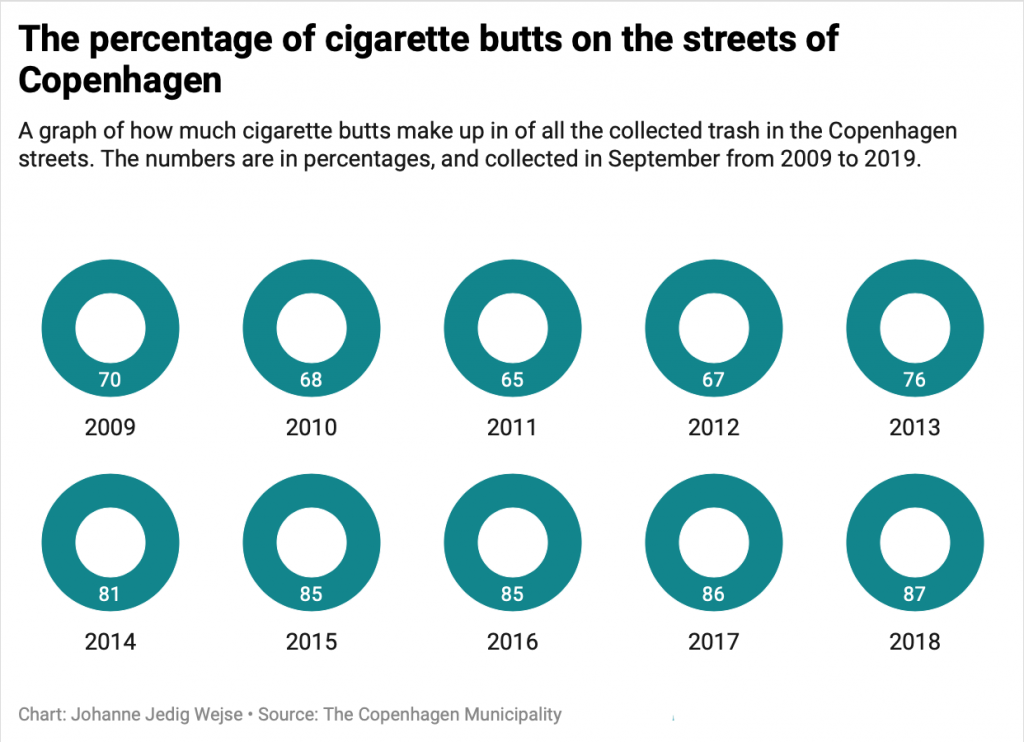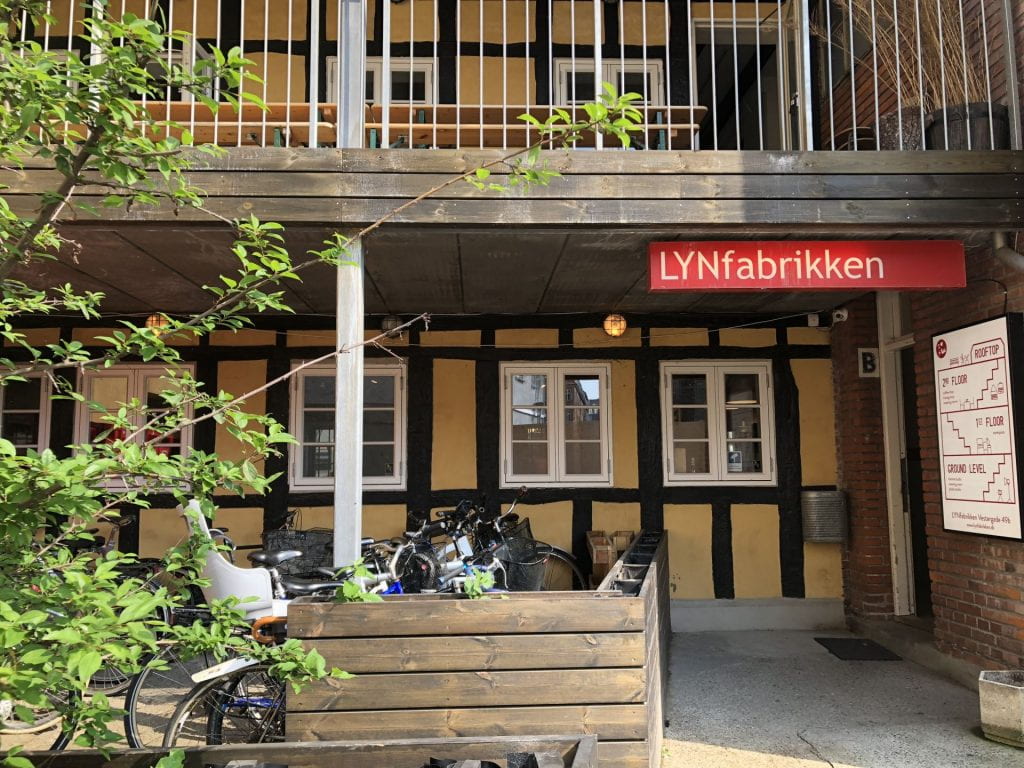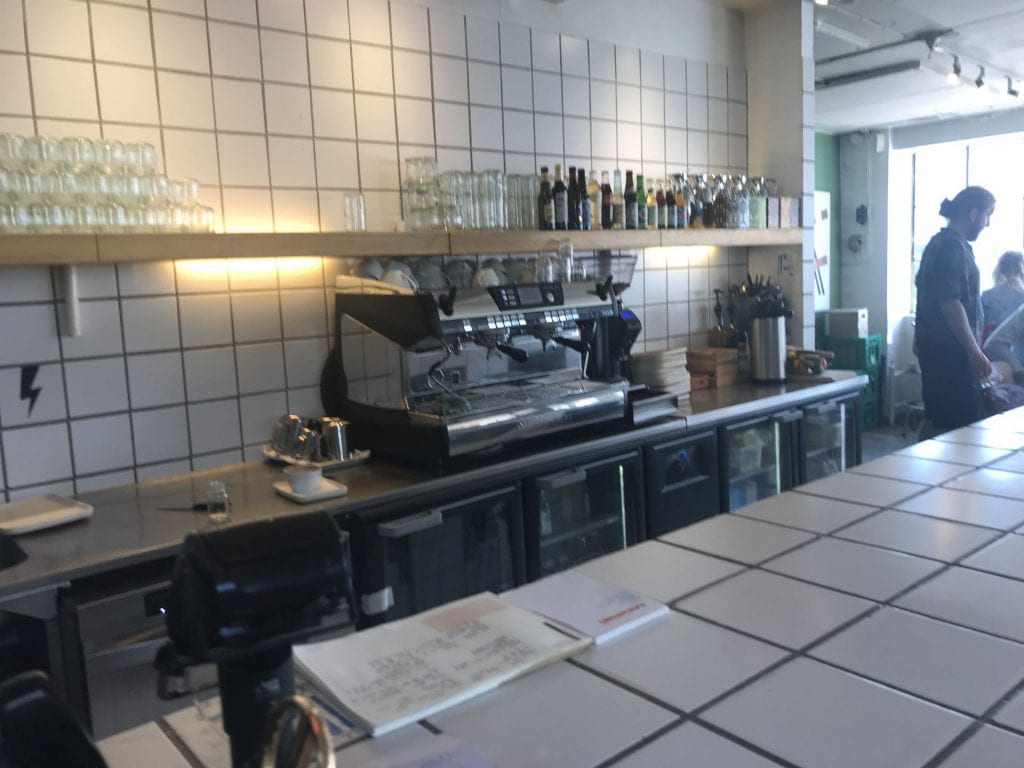After a terror attack in 2015, the Danish Jews have had to get used to being surrounded by military. But is the military security enough to make the around 7000 Danish Jews feel safe and secure in their Jewish identity?
By Johanne Jedig Wejse
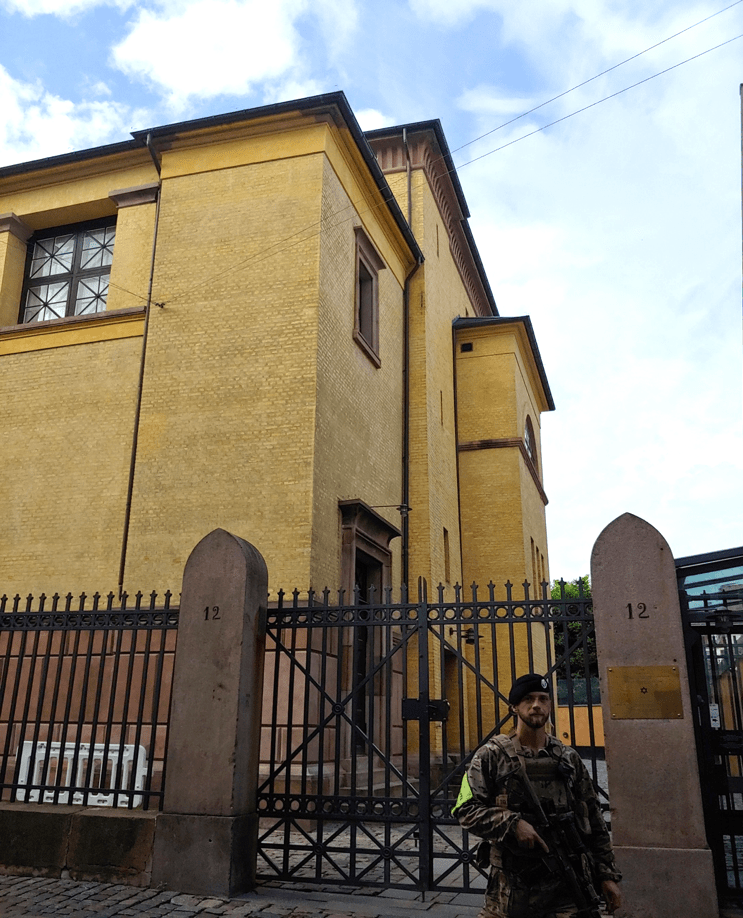
In Denmark, there are around 7.000 Jews, according to the Jewish Information Centre. Most of the Danish Jews live in Copenhagen, the capital of Denmark, and around 2.000 of the Danish Jews are members of a Jewish congregation.
The 15th of February 2015 was a tipping point for the Jewish community in Copenhagen. Dan Uzan, a voluntary guard, was killed when a terrorist attacked the main synagogue during a bat mitzvah. The attack came after numerous terror attacks against Jewish targets in Brussels, Toulouse and Paris.
Before the terror attack, the Jewish Community in Denmark had long asked for help to increase security by the Jewish congregations without results, they write on their website. Immediately after the terror attack, the Danish Security and Intelligence Servite (PET) deployed 24-hour security outside of the main synagogue. Now, more than four years later, the military has replaced the police as the 24-hour guards. The military guards are guarding the main synagogue, the congregation centre and the Jewish school.
Afraid to be Jewish in Denmark
Sofie Lave Nielsen was 17 in 2015. She was at the synagogue the 15th of February to celebrate her cousin’s Bat Mitzvah, girls’ 12th birthday. She recalls people yelling and being told to go down to the basement, where she and many of the guests waited for several hours, while reading online news about the terror attack going on just above them. Today, the traumatic experience has made her more secure in the identity.
– Before the terror attack, I didn’t consider myself Jewish. Yes, I have a Jewish family background, but I’m not a “Jew”. Today, after the terror attack, I consider myself much more Jewish than before. Maybe because I experienced how someone wanted to kill me just because I’m Jewish. I think it’s scary and sad, Sofie Lave Nielsen says.
Head of Djus Denmark, the youth organisation in The Jewish Community in Denmark, Yoel Tschernia, recognizes that feeling. He talks about how feeling threatened as a Jew in Denmark really depends on, how proud you are in your Jewish identity. A big part of the Danish Jewish community are experiencing violence if they are showing that they are Jewish – for example by wearing a David’s star. Still, he wouldn’t say that he is afraid to be Jewish in Denmark:
– I think that we need to use the term ‘cautious’ and not the word ‘fear’. Sometimes people are showing us as victims, but it is not something the Danish Jews feel. We are being cautious, but we don’t feel like victims. We are not afraid, but we don’t feel completely safe. It’s somewhere in the middle, says Yoel Tschernia.
If you ask Sofie Lave Nielsen, she is more prepared to say that she if afraid.
– I know that many Jewish people in Denmark think that being a Jew is all about antisemitic people wanting to hurt or kill you, and that’s something I think is very scary to think about, says Sofie Lave Nielsen.
